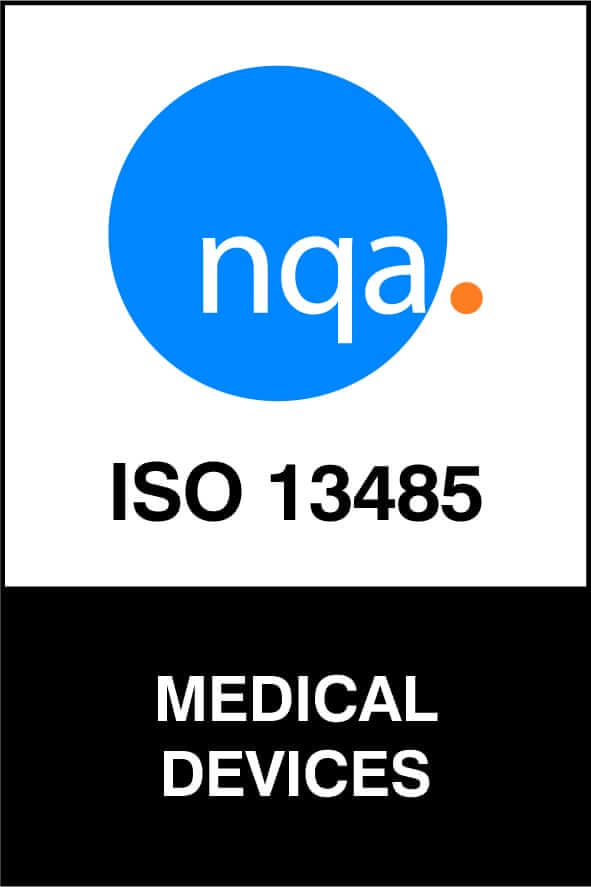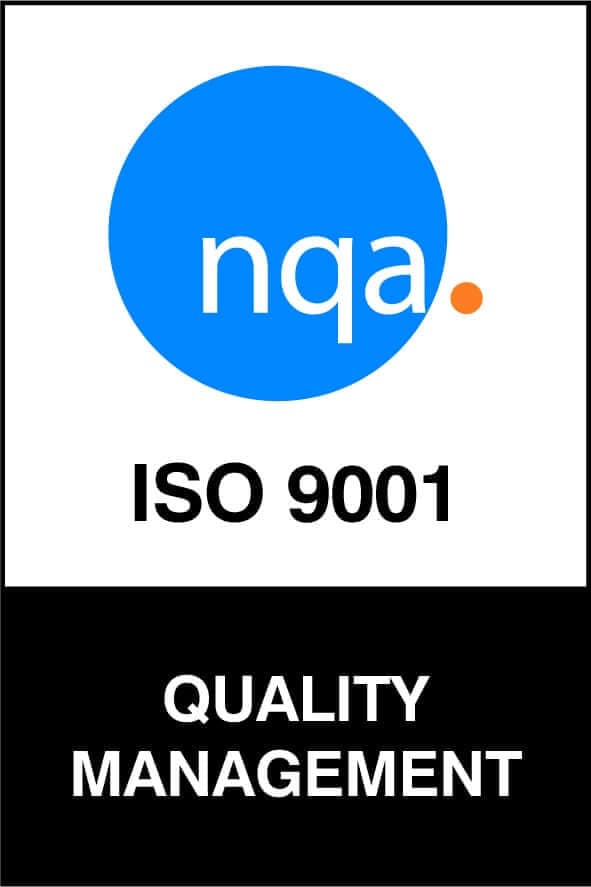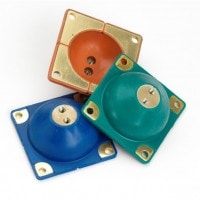Custom Rubber Molding
Custom rubber molding is the process of taking uncured rubber or elastomer and transforming it into a usable product that meets the unique specifications of the client. Rubber’s inherent properties, including its resilience, excellent tensile and elongational strength, wear and tear resistance, and electrical insulation make it the ideal material for a wide variety of custom applications. Custom rubber molding is a cost effective, reliable, and convenient solution for OEMs and large volume customers.
The Rubber Molding Process
Many rubber components and products are formed through a molding process during which uncured rubber is subjected to chemicals that toughen or harden the polymer chains in the material. The process often introduces heat to reduce curing times. Rubber compression molding, rubber injection molding and rubber transfer molding are three types of rubber molding processes.
- Rubber compression molding: This is the process of placing a predetermined amount of rubber compound directly into a mold cavity and then compressing it into the shape of the cavity by closing the two sides of the mold. Pressure is maintained while heat is added to the mold to cure the product. Once complete, the product is removed from the mold and excess rubber (flash) is removed.
Compression molding is best suited to low production volumes of medium to large sized parts that use higher cost materials.
- Rubber injection molding: In this process, the uncured rubber compound is heated to a liquid state before being injected into a mold. The product is released by opening the mold and closing it again to receive the next injection.
Injection molding is ideal for mass production and is widely considered the most efficient molding process.
- Rubber transfer molding: During transfer molding, the uncured rubber compound is placed in a part of the mold called a “pot” before being forced through an aperture into a cavity in the shape of the desired product. When cured, the mold is split releasing the final product.
Transfer molding is best suited to low to medium volume production of small to medium sized parts.
Custom Rubber Molding Materials
There is a wide range of natural and synthetic rubbers available. The most common are:
- Nitrile or Buna-N: This is the most popular and affordable solution in rubber molding. It is resistant to many types of fluids including water, hydraulic fluid, oil, and solvents. It can also withstand a wide range of temperatures and is extremely tough and tear resistant.
- Hydrogenated Nitrile: This is a more expensive, hydrogenated variation of Nitrile polymer, which increases its resistance to heat, petroleum products, and ozone almost fivefold. It is used extensively in the automotive, marine and aircraft industries for seals for air conditioning units, engine parts, vehicle suspensions, and fuel systems.
- Ethylene Propylene Diene Monomer (EPDM): EPDM is an inexpensive synthetic rubber that is resistant to hot and cold temperatures and is easy to use in creating smooth, extruded products. It is commonly used in automotive applications.
- Silicone: The silicone compound is resistant to high and low temperatures, is very flexible and has good weather resistance. It’s commonly used in medical devices and food processing. It is a semi-organic elastomer which means it can be easily torn and cannot withstand high wear.
- Fluorosilicone: This high-performance material combines the temperature range advantages of silicone with the resistance to oil, fuel, and solvents found in fluorocarbons. It is widely used in the aerospace industry due to its broad temperature range, longevity, and resistance to petroleum-based products.
- Neoprene: This is a strong multi-purpose material that can be used in many rubber molding solutions. It has strong fire resistance and abrasion properties and is frequently used in the manufacture of mass transit and transportation equipment. In motor vehicle components, Neoprene is used to produce constant velocity joint boot, hose covers, vibration mountings, shock absorbers, window seals and gaskets.
- Natural Rubber: A natural product produced from latex derived from the rubber tree, it has high tensile strength with good abrasion and surface friction properties. It’s ideal for the manufacture of vibration dampers, seals, O-rings, machinery and component mountings, diaphragms, and bumpers. Natural rubber bonds well with metals. Due to its low tolerance to UV rays and ozone, it is not recommended for prolonged exposure to sunlight or petroleum-based products. It can also be produced synthetically
- Styrene Butadiene (SBR): SBR is one of the more cost-effective polymers that can be used in rubber molding. Because of its durability, it is frequently used in the mass production of rubber parts including tires, diaphragms, and seals. It is an excellent material for water-based applications, but care should be taken where the component is subjected to prolonged exposure to petroleum-based products and solvents.
- Fluorocarbon: This relatively expensive rubber compound combines a wide range of chemical resistance and high-temperature properties. Common applications include hoses, O-rings, gaskets, and fuel system seals for extended component lifespan. It has good resistance to petroleum products. It is not recommended for use with hot water and steam.
- Butyl: With a high resistance to gas permeability, Butyl is an ideal solution for the production of seals for high-pressure gas and vacuum systems. It also has good sound damping properties and is cost-effective, although marginally more expensive than traditional polymers. It should not be used if exposed to petroleum products or abrasion.
- Urethane: This is a high-priced rubber with excellent abrasion resistance and high tensile strength. It’s commonly used for applications subject to high pressure and constant shock loads. However, it does tend to deteriorate with water absorption and there is a loss of tensile strength at higher temperatures.
Mold Making
The single most important aspect of creating quality custom rubber molded products is the design, fabrication, installation, and operation of the mold. The mold forms a part of a more complex machine that allows a mold to continuously reload material and create finished components. The mold making process involves:
- Design: The design of the mold must be compatible with the actual molding machinery being used. A 3D (3 dimensional) designer will create a digital model of the mold base, core, and cavity to match the component specifications. 3D (3 dimensional) modeling software simplifies the design process and enables production of high volumes of single or multiple types of rubber components.
- Materials: In a mass manufacturing process, the mold must be able to replicate the components accurately with minimal material spillage and at a high frequency. The size, weight and curing temperature of the component will determine the size and material of the mold. Molds for rubber molding can be made from plaster, other rubbers, or engineering grade metal alloys.
- Manufacture: This process involves the casting of the components and the use of high precision equipment (milling, drilling, grinding and polishing machines) to create the contours of the mold components.
- Testing: Mold components are tested to ensure they meet all aspects of the design specifications in terms of surface finish, dimensional stability, durability, and mechanical properties.
Advantages of Rubber Molding
- Versatility: Rubber compounds are ideal for mass-produced components due to their strength, flexibility and durability and the ability to size and shape them according to specs.
- Environmentally Friendly: Rubber molding is generally a low-energy process, and most rubbers are easily recyclable, giving them a low carbon footprint. Molded rubber components in aircraft, motor vehicles and other methods of transportation tend to be lightweight, further reducing energy consumption.
- Cost Effective: Production of rubber molded components is affordable due to the simplicity of the processes involved. Minimal materials are lost during production and scrap is easily recycled. The components can be made at exceedingly high production rates with perfect accuracy and small tolerances.
- Low Operational Costs: Molding machines have high efficiency rates because they can produce a wide range of components simply by changing individual molds. Most processes lend themselves to complete automation leading to low operational costs.
Common Custom Molded Rubber Products & Applications
- Products Typical Applications
- Rubber bellows
- Cooling water systems, condensers, gas lines, water pipelines and piping, pumps, turbines, boilers, automotive suspension systems, and mechanical vibration dampers
- Rubber grommets
- Automotive, home appliances, electrical circuits, computers, furniture, shoes, clothing, and tools
- Rubber Diaphragms
- Pumps, air and gas compressors, actuators, flow control valves, measuring gauges and controls, turbochargers, switches, and accumulators
- Rubber expansion joints
- Roads, railways and bridges, industrial and domestic piping, seals, housing, appliances, ducted air and air-conditioning systems, pumps, compressors and blowers, piping systems, and fire-fighting systems
- EMI shielding
- Computers, data cabling, sensitive instruments, wiring harnesses, mobile phones, radios, and television appliances
- Hoses And Ducting
- Air ducting in buildings, equipment and vehicles, water hoses, fuel lines, protection of cables, pipes and wires, underwater diving, welding, and agricultural irrigation
- Vibration isolators
- Cooling systems, chassis to body interface on vehicles and equipment, isolation of sensitive equipment, suspension systems, engines, transmission, steering, and exhaust mountings, pipe work, electrical enclosures, mounting of generators, cooling systems, and compressors in buildings
- O-rings and gaskets
- Hydraulic cylinders, internal combustion engines, syringes, pumps, filtration units, valves, dust protection, liquid dispensing, compressors, refrigeration, heaters, and condensers
- Rubber plugs, caps and stoppers
- Powder coating, anodizing and plating, spray paint masking, component protection, securing and protecting sharp edges, concealing screws, holes, fixtures, bolts and nuts, blanking of unused apertures and holes, mechanical stops and closing tube or pipe ends
- Electrical insulators gaskets and shields
- Insulation of electrical components, insulator pads, isolator boards, heater circuits, circuit boards and, semiconductors
- Custom Molded Rubber Bumpers & Feet
- Product protection, securing and protecting sharp edges, protection of surfaces and floors, reducing or increasing friction, support components, fenders in wheel arches of vehicles, and bumpers to reduce impacts between boats and solid objects
Industries
JRW has been designing superior custom rubber parts for a diverse range of industries for over 40 years, including automotive, medical, government, appliance, construction, OEM industrial and hydronics.
Custom Rubber Molding Capabilities
Jefferson Rubber Works offers a one-stop solution for all your custom rubber molding needs, no matter how challenging the specifications. Our highly skilled staff can assist you with every step of product development including design, prototyping, production, finishing and assembly.
We combine industry expertise with state-of-the-art plastic technology to deliver customized solutions at competitive prices with unparalleled speed and accuracy. Our offerings include:
- Rubber Injection Molding
Injection molding is the process of manufacturing parts by injecting material into a closed mold. It’s most typically used in mass-production processes where the same part is being created thousands or even millions of times in succession. - Rubber Compression Molding
Compression rubber molding is the earliest and most simple form of rubber molding. The process is similar to that of making a waffle. A preformed piece of rubber is placed into an open mold cavity and then compressed. This process is best suited to low production volumes of medium to large size parts that use higher cost materials - Liquid Silicone Injection Molding
Liquid silicone injection molding, also known as LIM, is a process where silicone rubber material is forced through an injection nozzle into the mold cavity and cured under heat and pressure. The process for molding Liquid Silicone Rubber (LSR) is suitable for relatively small parts with high annual volume needs. - Transfer Molding
Transfer molding is a simplified method of injection molding with many of the benefits of both injection and compression molding. It facilitates the creation of small, detailed parts with high levels of control. Transfer molding is best suited to low to medium volume production of small to medium sized parts. It’s a flexible solution offering the ability to produce intricate-shaped products and allows for the addition of colored and translucent compounds. - Rubber to Metal Bonding
Bonding metal to rubber is usually done in one of two ways. Either through the application of an adhesive (glue) or vulcanization (bonding). Gluing metal to rubber is a secondary, manual process for joining rubber to a metal insert. It is a good solution in specific situations where bonding is not possible because of cost or other practical considerations. - Thermoplastic Elastomers
Thermoplastic Elastomers (TPE) are a class of copolymers or a physical mix of polymers (usually a plastic and a rubber) that can be molded and reused like plastics but have the typical elastic properties of rubbers. The two most important manufacturing methods with TPEs are extrusion and injection molding. TPEs are ideal candidates for design or replacement in several different applications. - Prototyping
Prototyping is integral to custom rubber part design and development. It tests ideas quickly for form, fit, and function ensuring that designers and engineers have a clear idea about how a product will perform. A prototype is a simplified model of a proposed solution used to test or validate design assumptions and functionality both quickly and cheaply. This allows for a level of confidence prior to tooling for production
Custom Rubber Molding Is Our Specialty
If you are looking for a custom rubber manufacturer you can depend on, look no further than Jefferson Rubber Works. Our state-of-the-art custom injection molding processes, combined with the latest equipment and our highly trained staff, guarantee we’ll deliver quality rubber molded parts to meet your exact specifications.
Jefferson Rubber Works is an American-owned, ISO 13485:2016 and ISO9001: 2015 accredited company that has had an ISO certification for several years. It’s part of our dedication to manufacturing quality and defect-free products at competitive prices. Quality management is a cornerstone of our business model with a strong commitment to the process by our staff. This commitment to quality extends to delivering exceptional customer service and a fuss-free “one stop shop” experience.
Contact us to get started.






